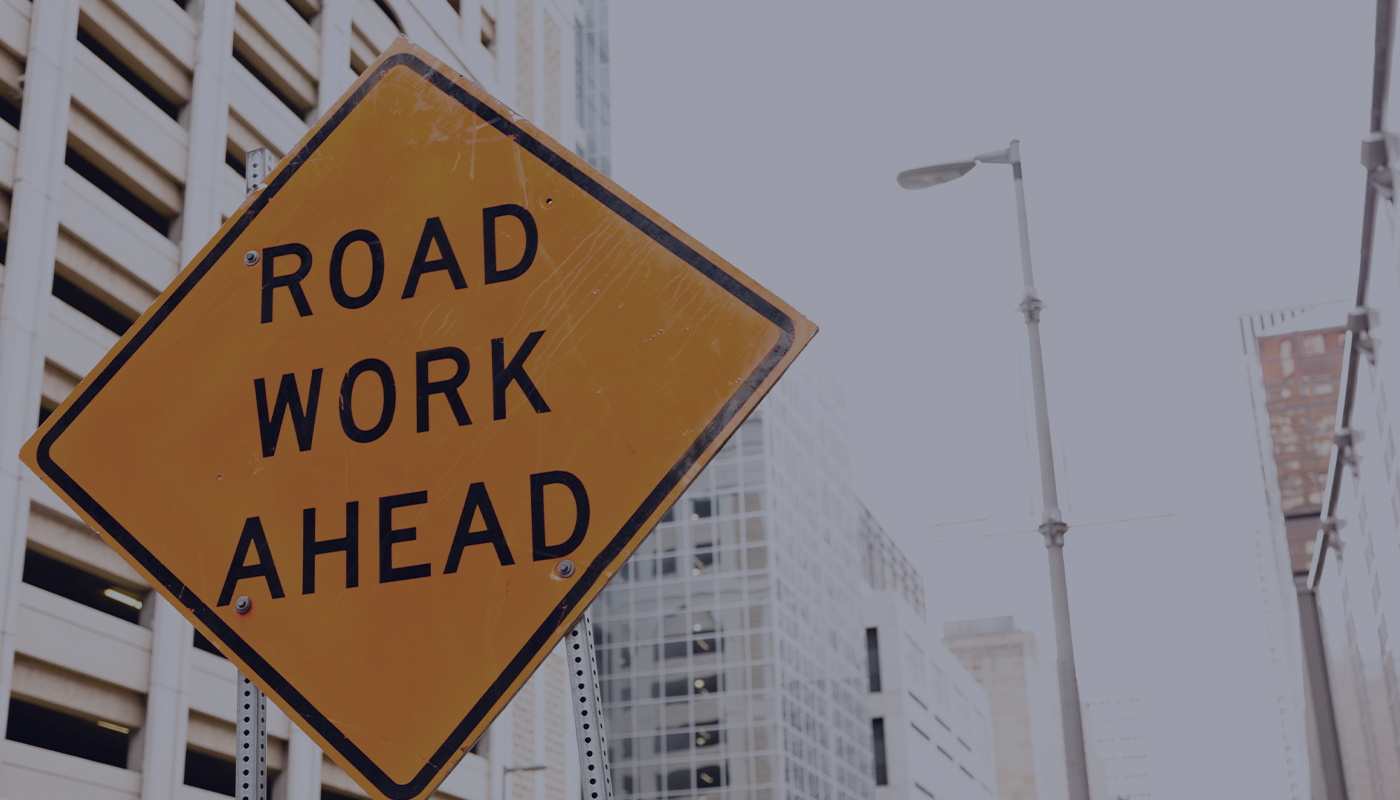In our last post, we discussed construction worker and motor vehicle safety in work zones. Today, we’ll take a look at pedestrian safety in work zones. Before we dive into that, we want to note that the accident data most often reported and published pertains to incidents resulting in fatalities. It’s important to remember, however, that the number of incidents resulting in injuries is far higher, and even a relatively “minor” injury can still create a great deal of pain and suffering or hamper quality of life in the long run. We will share the numbers surrounding pedestrian deaths, but we invite you to keep the big picture of overall pedestrian safety in mind as you read and consider how to make our urban work zones safer.
In 2018, the total number of fatal work zone accidents was 672. Of those, 121 involved pedestrians, resulting in 122 deaths. Factors such as poor route/detour planning, inadequate traffic control measures, unclear or insufficient directional signage and road markings, and lack of site equipment maintenance contribute in various ways to work zone incidents, particularly those involving pedestrians.
What can be done to make work zones safer?
In his interview with the Robson Forensics, engineer Kevin Gorman offered the following guiding principles for work zone traffic control and safety:
- Ensure that the safety of the traveling public within the temporary traffic control area is an integral and high-priority element of every project from planning and design through construction until the last temporary traffic control device (TTC) is removed.
- Avoid sudden and unexpected traffic movements.
- Provide alternative routes when feasible.
- Provide clear, frequent, and positive guidance to drivers, pedestrians, and bicyclists as they approach and travel through the work zone.
- Inspect traffic control elements routinely and make modifications when necessary.
- Ensure that all persons who design, select, place, and maintain temporary traffic control devices are properly qualified.
- Collaborate with law enforcement to implement and enforce traffic regulations, reduced speed zones, parking controls, and incident management.
- Keep the public well informed of what changes to expect within the work zone prior to the initial TTC setup and prior to changes in the TTC pattern as construction progresses.
- Use additional traffic control as required on side road approaches or ramps.
Proactive planning and consistent clear communication and expectation-setting can save lives.
